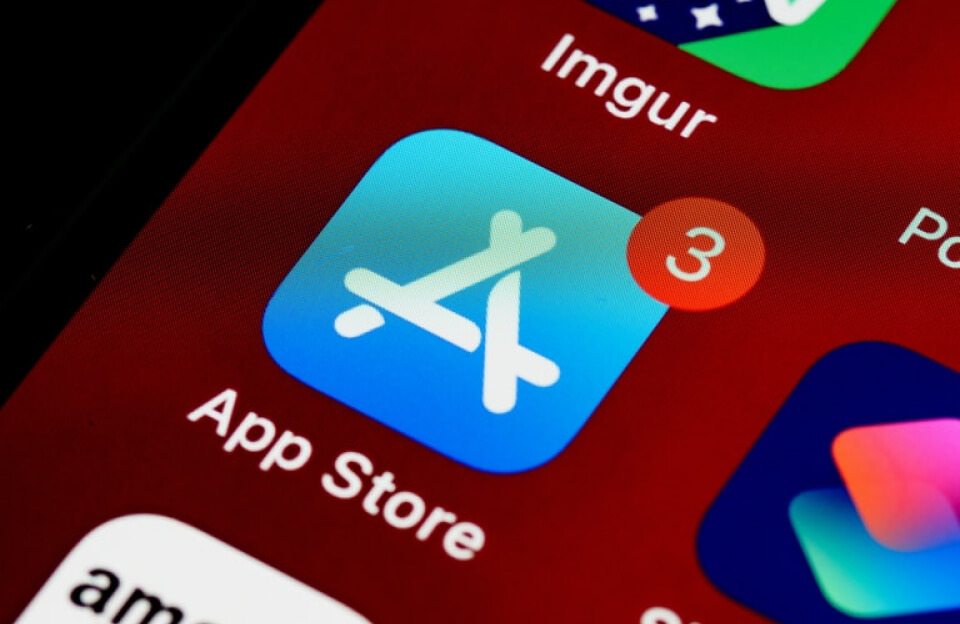機器學習AI翻譯 App 究竟有多準確?5大應用場景深度解析!
With the rapid advancement of technology, machine learning and artificial intelligence have become integral parts of our daily lives. One such application that has gained significant popularity is AI translation apps. These apps promise to break down language barriers and facilitate communication on a global scale. But just how accurate are these apps in translating complex languages and nuances? In this article, we will delve into the accuracy of machine learning AI translation apps and explore their effectiveness in various real-world scenarios.
The Importance of AI Translation Apps
In today’s interconnected world, where businesses operate on a global scale and individuals engage with diverse cultures, the ability to communicate effectively across languages is crucial. AI translation apps offer a convenient solution to this challenge, allowing users to translate text, speech, and even images in real-time. From travel and business to education and healthcare, these apps have revolutionized the way we interact with different languages and cultures.
The Accuracy of AI Translation Apps

While AI translation apps have simplified communication across languages, their accuracy is still a point of contention. One of the key challenges faced by these apps is capturing the nuances and context of language, which can vary significantly depending on the cultural and regional differences. Despite advancements in machine learning algorithms, AI translation apps may struggle with idiomatic expressions, slang, and subtle nuances that are inherent to human languages.
Applications of AI Translation Apps
Despite the challenges, AI translation apps have found practical applications in various industries and scenarios. From aiding travelers in navigating foreign countries to facilitating cross-border business transactions, these apps have proven to be invaluable tools for seamless communication. In the field of healthcare, AI translation apps have enabled medical professionals to communicate with non-native patients and provide essential care without language barriers. Additionally, in the education sector, these apps have opened up opportunities for global collaboration and knowledge sharing.
The Future of AI Translation Apps
As technology continues to evolve, the future of AI translation apps looks promising. With ongoing advancements in machine learning and natural language processing, we can expect these apps to become more accurate and intuitive in capturing the nuances of human languages. Furthermore, as the demand for seamless communication grows, AI translation apps are likely to play a crucial role in bridging language barriers and fostering global connectivity.
In conclusion, while AI translation apps have made significant strides in breaking down language barriers, their accuracy and effectiveness in capturing the nuances of human language remain a work in progress. As technology continues to evolve, we can expect to see further improvements in the accuracy and usability of these apps, making communication across languages more efficient and seamless than ever before.


